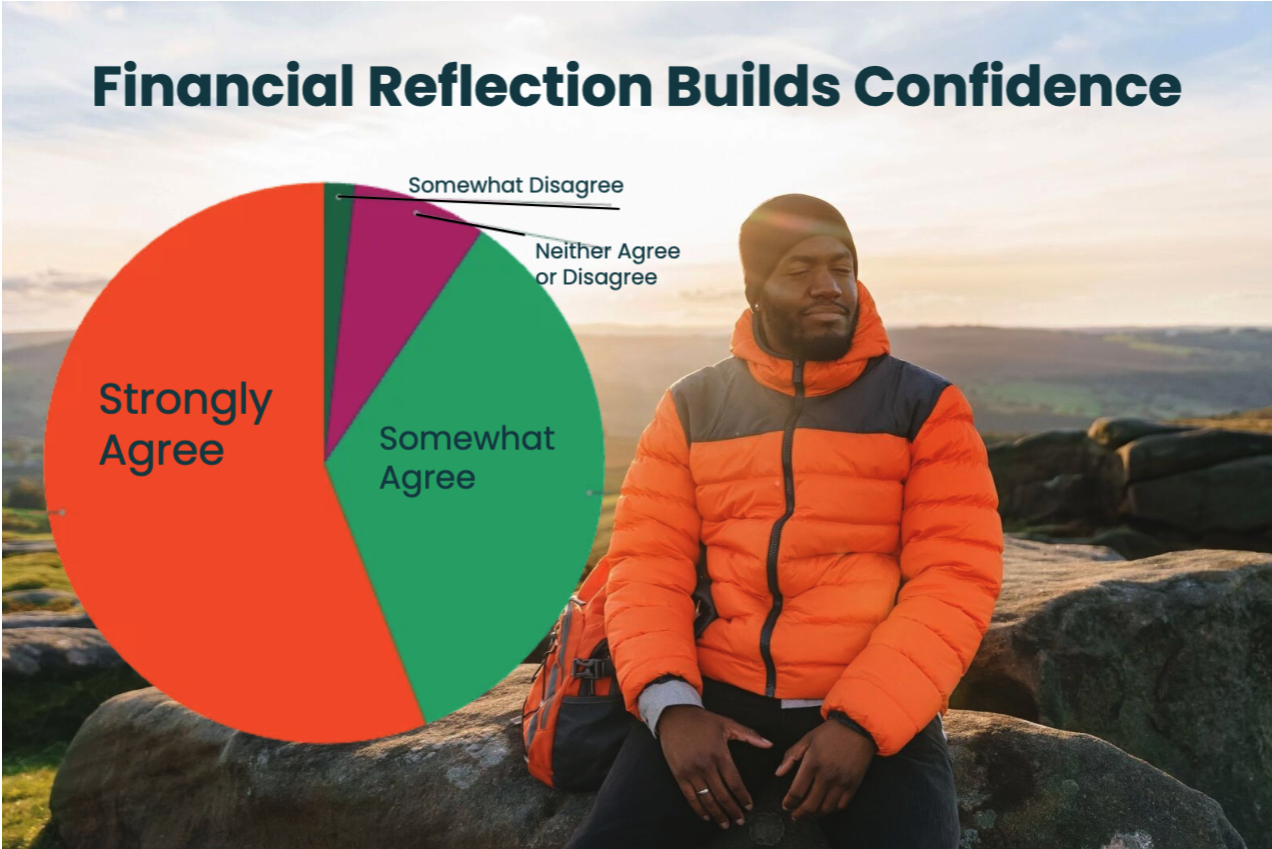Details and guidelines handed down by the federal government earlier this month on applications for the $50 billion Rural Health Transformation Program appear to have found a warm reception among state government officials, who said they appreciate the detailed criteria, built-in flexibilities and “once in a generation opportunity” to bolster care in their rural communities.
At a networking summit and workshop held this past week by the Health Policy Futures Lab, which drew representatives from nearly every state, officials swapped strategies and described the priorities their departments are including in their applications for the fund.
Authorized this summer in the One Big Beautiful Bill Act to partially offset broader provider funding cuts, the fund allocates $10 billion per fiscal year over half a decade. Per the statute, half of the money is being distributed equally among all approved states with the remainder flowing at CMS’ discretion under criteria outlined in the Notice of Funding Opportunity (NOFO) released Sept. 15. States’ applications are due Nov. 5 and CMS will announce its awardees by Dec. 31.
As of the policy summit, state government presenters were thick in the process of crafting their high-stakes, one-time applications. Many said they’d already held listening sessions with providers and other stakeholders in their states ahead of the NOFO’s release, and said they have no intention of ending the conversations.
“We’re now going back and asking, because the NOFO is out, if it changed people’s minds,” Cecile Young, executive commissioner of the Texas Health and Human Services Commission, said during a panel. “I think some of the direction, particularly on the construction [limitations], was new to people. So we wanted to give people the opportunity to come back to us and say ‘OK, we may have suggested this, but instead these are the other things we might want to focus on.”
Several state offices noted that their proposals would, first and foremost, start by bolstering their existing rural health priorities: increasing the healthcare workforce, tackling chronic disease, technology adoption, improving access through transportation infrastructure updates and better coordinating care at the regional level.
While some of these focus areas were outlined explicitly by CMS in the NOFO, speakers applauded the agency for providing criteria that balances local needs and existing work with new initiatives.
“CMS is doing this absolutely right,” Michael Hendrix, a policy advisor to Tennessee Governor Bill Lee, said during a session. “They’re saying—Look, this is going to be state-led, but federally accountable, so bring us your best ideas, right? We’ll set up guardrails and a framework, but start with what your state needs. … CMS is letting states lead, but they’re also encouraging us, giving us models and examples … not to copy, necessarily, but to help encourage us to think differently.”
The program as pitched by CMS and legislators differs from prior federal funding influxes, said Kevin Myers, deputy policy director in the Office of Delaware Governor Matt Meyer. Whereas support from the pandemic-era American Rescue Plan is nearing its obligation deadlines and now leaves the fate of many funded health programs up in the air, “CMS has been quite clear with [the] intent of this program not to fund the kinds of initiatives that we think might require that kind of perpetual support we’d thought about earlier,” he said.
The speakers did have some areas where they’d hoped the fund could be amended for more flexibility. Jack Sisson, formerly the policy director for Arkansas’ governor’s office and now vice president of policy and strategic planning at the Heartland Whole Health Institute, which is affiliated with the Alice L. Walton School of Medicine, said the applications’ one-time nature leaves little opportunity for states to reevaluate their strategies in later years to shift from ineffective efforts and double down on those that are successful.
“The one application is statutory,” noted session moderator and Health Policy Futures Lab co-founder Krista Drobac. “But you know, if states collectively asked Congress to do that, I think [it] could probably be inserted in some funding bill.”
Though all 50 states are competitors for the second half of the program’s billions, attendees didn’t rule out finding ways to coordinate their efforts with bordering states once the funds start flowing in earnest. Similarly, Sisson outlined calls from CMS Administrator Mehmet Oz, M.D., for states to be “laboratories of innovation” and said he’d like the government to better facilitate such collaboration.
“If there was just an opportunity for some states to maybe see some of the proposals that are included in other states’ applications and borrow and pick and choose some things that other states have—I think that would really support just better use of taxpayer dollars and better overall program design,” Sisson said.
Thomas Aloia, M.D., executive vice president and chief clinical officer of Ascension and the event’s only speaker from a non-government healthcare delivery organization, warned the states not to expect the additional funds to completely solve their clinician recruitment issues.
“When you talk about a five-year run to create a sustainable plan to put physicians in rural communities, I would turn down the volume on that,” he said. “The practical reality, I’m sorry to say, is physicians and even nurses are an incredibly limited commodity right now.”
States can do “all the obvious things that take away the economic barriers” for clinicians, like high salaries or paying off student loans, but only a small portion of the limited supply will have the “certain phenotype” that pulls them to rural or community settings long-term, he said. As such, states would be best served crafting a strategy that uncovers those clinicians.
“If they never have ‘touches’ in those settings while they’re training, they’ll never gravitate toward those areas,” he said. “So if I was going to put something in a proposal about workforce, it’s [Graduate Medical Education] programs and training programs where nurses and doctors are in those settings. … If you don’t get a lot of touches with trainees in your communities, it’s going to be really hard to find that one ore two that actually have a passion for the care and will stick and stay there.”
Perhaps more realistic for the five-year program would be a focus on “digital extenders” like virtual care and other technologies that expand the reach of a limited workforce, Aloia continued, or to boost recruitment and collaboration with lower skilled positions.
“So navigators, and we need ultrasound techs like crazy, we need other techs, we need pharmacists,” he said. “Those are people that are more likely to be from the community and stick and stay. … Seniors in high school need to find a trade and a pathway, and I think healthcare can provide myriad jobs in that trained sector that they should work on.”
As for CMS’ application evaluation process itself, Kate Sapra, acting deputy director of CMS’ Office of Rural Health Transformation, said the agency will be tapping a panel of trained reviewers from outside her office.
“Some of them are within the government, many of them are external to the government, but they have expertise in rural health,” she said. “We will train them in the scoring criteria in the NOFO, and allowable uses of funds and prohibited uses of funds, and then they’re going to score the applications.
“These are people that are not going to be from your state … so it’s really important that you give these external reviewers the context to evaluate your application,” she advised other listening officials. “That’s why the first section talking about the needs within your rural communities is so important—it’s going to help the reviewers to understand the rest of the application, so spend a lot of time painting a really vivid picture.”
Publisher: Source link









